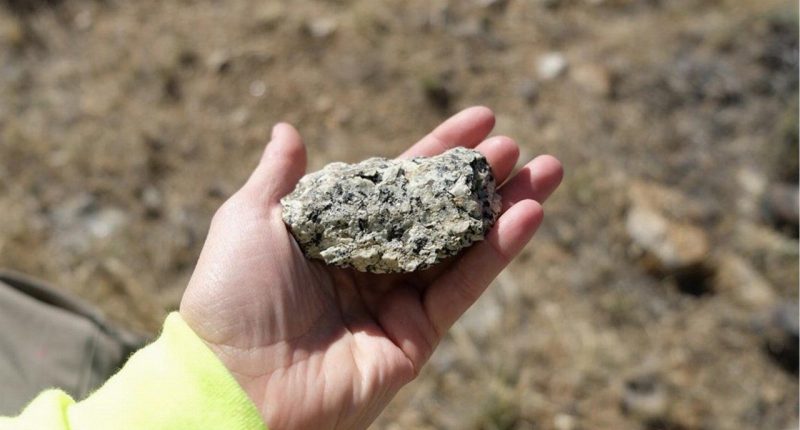Metallurgical testing conducted by OD6 Metals (ASX: OD6) at its West Australian Splinter Rock project has shown a grade jump of 224% in total rare earth oxides (TREO), while also indicating the potential for low-cost processing through the reduced use of hydrochloric acid.
The testing comprised both the removal of coarse materials – yielding the 224 percent rise in TREOs – while also showing that the consumption of hydrochloric acid could be decreased by up to a 79 percent, to around 10 kilograms of the acid per tonne of screened ore.
The twin results of better recoveries and lower acid consumption signal a good economic framework for the project, since more than 5 million tonnes per annum of REE-bearing clay can be treated through the use of a single chlor-alkali electrolyser.
The testing work was based on 13 samples taken from various clays, locations and depths across the project – located 150 kilometres from Espereance – with D6 seeking more information on how material at the four prospects of Prop, Centre, Scrum and Flanker responded in terms of acid consumption and recovery.
Managing director Brett Hazelden said the testing work had pulled up the results desired by OD6 in terms of its future plans for Splinter Rock.
“These latest results demonstrate that a significant increase in TREO grades can be achieved by removing coarse material greater than 75um,” he said.
“Leaching of the finer faction material has the corresponding benefit of consuming an average of 35% less acid as a total of product processed.
“This provides a potential benefit to the overall cost profile of any future operation by reducing the amount of material that needs to be leached with acid by approximately
40 percent. Additional screening size optimisation will occur in future phases of work providing the potential for further improvements. “
OD6 Metals has been trading at 7.2c.









